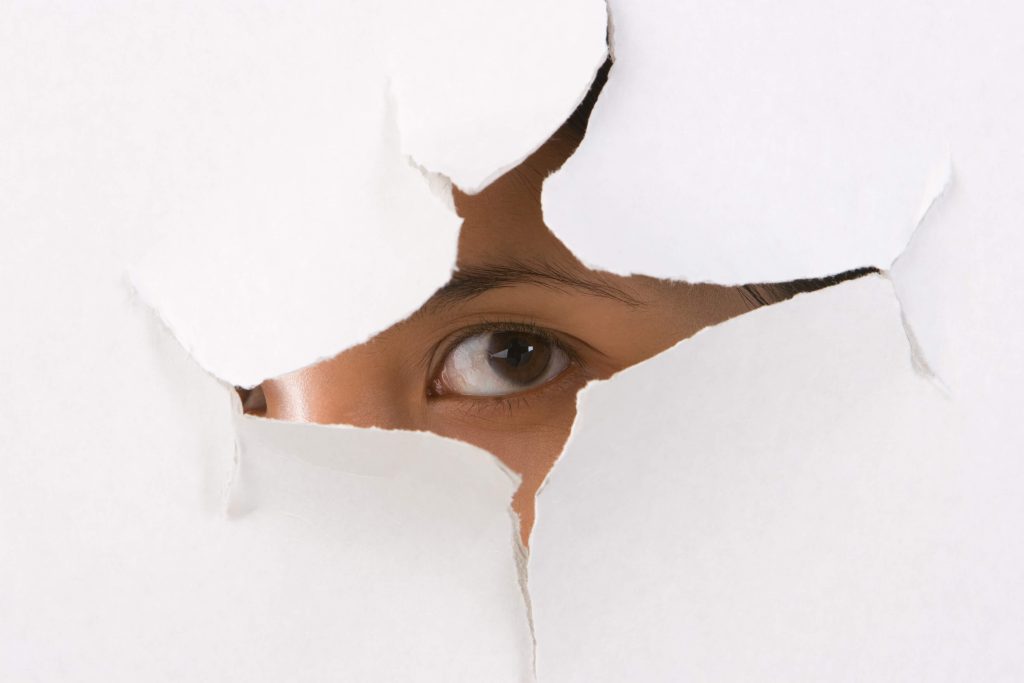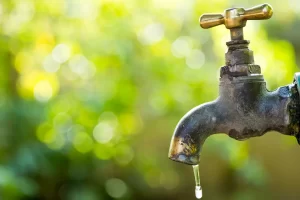Your home’s plumbing system is a network of pipes hidden behind walls, making it challenging to detect potential problems before they escalate into costly repairs. However, understanding the signs of hidden plumbing issues can save you from major headaches down the line. Let’s explore how to spot hidden plumbing problems early on and provide tips on what you can do to prevent further damage.
1. Water Stains and Discoloration
One of the telltale signs of hidden plumbing problems is water stains or discoloration on your walls or ceilings. These stains indicate leaks in the pipes within the walls. Keep an eye out for yellowish or brownish spots, peeling paint, or sagging drywall. If you notice any discoloration, it’s crucial to investigate further to identify the source of the leak.
Tip: Regularly inspect your walls and ceilings for any signs of water stains and promptly address them to prevent further damage.
2. Musty Odors
Persistent musty odors in certain areas of your home, such as bathrooms, basements, or utility rooms, can indicate hidden plumbing issues. These odors may be a result of hidden leaks, stagnant water, or mold growth within the walls. If you notice a lingering musty smell, it’s essential to investigate the source promptly.
Tip: Keep these areas well-ventilated, and consider using dehumidifiers to prevent excess moisture that can contribute to mold growth and unpleasant odors.
3. Unexplained Sounds
Unusual sounds coming from within your walls, such as banging, rattling, or dripping sounds, can be signs of hidden plumbing problems. These noises may be caused by loose or damaged pipes, water hammers, or leaks within the walls. Pay attention to any persistent sounds that seem out of the ordinary and investigate their source promptly.
Tip: Have a professional plumber inspect your plumbing system if you notice recurring or unusual sounds to identify and resolve any underlying issues.
4. Decreased Water Pressure
A sudden decrease in water pressure throughout your home can indicate hidden plumbing problems. It may be a sign of pipe blockages, leaks, or corroded pipes. If you notice reduced water pressure when using multiple fixtures or in specific areas of your home, it’s crucial to investigate the issue further.
Tip: Regularly clean and maintain your plumbing fixtures, and have a professional plumber inspect your pipes to ensure proper water flow and address any hidden issues.
5. High Water Bills
A significant increase in your water bills without a corresponding change in water usage can be a sign of hidden plumbing problems. Undetected leaks within your walls can result in wasteful water usage, leading to unexpectedly high bills. Keep track of your water consumption and investigate any unexplained spikes in usage.
Tip: Monitor your water bills closely and regularly check your water meter for any unusual activity that may indicate hidden leaks.
6. Mold Growth
Hidden plumbing problems can lead to excess moisture, creating a favorable environment for mold growth. Check areas where moisture tends to accumulate, such as under sinks, behind appliances, or near pipes running through walls. Mold growth may appear as dark spots or patches and can have a musty odor. If you spot mold, it’s essential to address the underlying plumbing issue promptly and consider professional mold remediation if necessary.
Tip: Proper ventilation and moisture control are key in preventing mold growth. Repair leaks and improve airflow in damp areas to discourage mold development.
7. Insect or Pest Infestations
Hidden plumbing problems, such as leaks or moisture buildup, can attract insects and pests. They are attracted to the damp environment created by plumbing issues and may enter your home through cracks or openings near pipes. Look out for signs of insect or pest activity, including droppings, chewed materials, or the presence of pests themselves. Addressing the plumbing issues can help eliminate the conditions that attract unwanted visitors.
Tip: Seal any gaps or openings near plumbing lines to prevent insects and pests from entering your home.
8. Sudden Foundation Cracks
Hidden plumbing issues can cause shifts in the foundation of your home, leading to sudden cracks or gaps. The continuous presence of water from leaking pipes can erode the soil supporting your foundation, resulting in structural damage. If you notice new cracks appearing in your walls, floors, or foundation, it’s crucial to investigate the possibility of underlying plumbing problems and address them promptly to prevent further foundation damage.
Tip: Regularly inspect your foundation for any signs of cracks or shifts and consult with a professional if you have concerns about the integrity of your home’s structure.
9. Excessive Humidity or Condensation
Hidden plumbing problems, such as pipe leaks or poor insulation, can contribute to excessive humidity or condensation in your home. Look for signs of condensation on windows, walls, or pipes. Excessive humidity can lead to mold growth, deterioration of building materials, and discomfort. Identifying the source of humidity, which may be related to plumbing issues, can help you take appropriate steps to improve ventilation and address the underlying problem.
Tip: Maintain proper ventilation and consider using dehumidifiers to manage humidity levels, minimizing the risk of hidden plumbing-related moisture issues.
Being proactive and vigilant in spotting hidden plumbing problems can save you from potential disasters and costly repairs. By recognizing signs such as water stains, musty odors, unexplained sounds, decreased water pressure, and high-water bills, you can take timely action to address the underlying issues. Remember, when in doubt, consult with T.J. Huggard Plumbing who can conduct a thorough inspection and provide expert guidance to keep your plumbing system running smoothly behind those closed walls.



